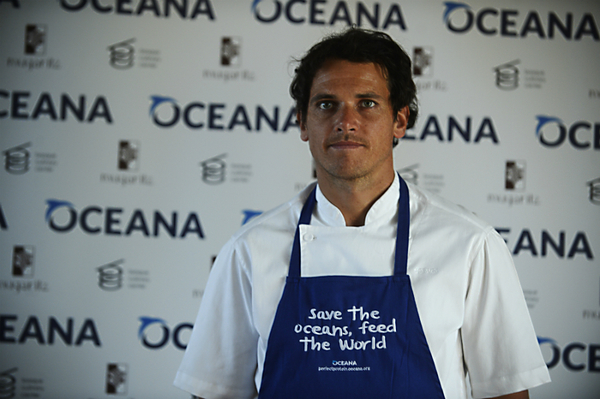This month’s Grateful News focuses on a new Smithsonian museum, a precious, disappearing culture in the desert, a booming seaweed industry in Chile, A teen-designed app to counteract bullying, and water innovation in Bangladesh…
I, Too, Sing America
The Smithsonian’s National Museum of African American History and Culture opened on Sept. 24, 2016 in Washington. The African-American story is an American story, as central to the country’s narrative as any other, and understanding black history and culture is essential to understanding American history and culture. Full Story & Photos
Inside Ethiopia’s Sizzling Cauldron
This harsh landscape would leave it devoid of visitors, let alone human habitation, but this is the surprising home of a disappearing cultural tradition: the camel caravans that carry salt through the brutal desert, led by the nomadic Afar tribe.
» Full Story and photos
Seaweed Helps Bring Food Security to Latin America
In Chile, the seaweed industry provides a livelihood for 30,000 people. The country has 750 species of seaweed. Throughout Latin America, the cultivation and collection of seaweed are gaining a foothold both as a source of food and as a means of bolstering food security. » Full Story
Teen Creates App So Bullied Kids Never Have to Eat Alone
You’re at a cafeteria, you’ve got your lunch … and then you just don’t know where to sit. You don’t want to sit alone, but you also don’t know who would be friendly and let you sit with them. Sixteen-year-old Natalie Hampton has been there. She’s an 11th-grader from Sherman Oaks, CA, and the creator of a new app called Sit With Us. » Full Story
Water Innovation Helps Bangladeshi Women Dodge Snakes, Shortages
The man-made reservoir collects water that flows down from the hills. The water then goes through a pipeline to the treatment facility below where it is purified for household use. The success of the gravity flow water system, which does not require expensive pumps, has prompted plans for a wider rollout. » Full Story





